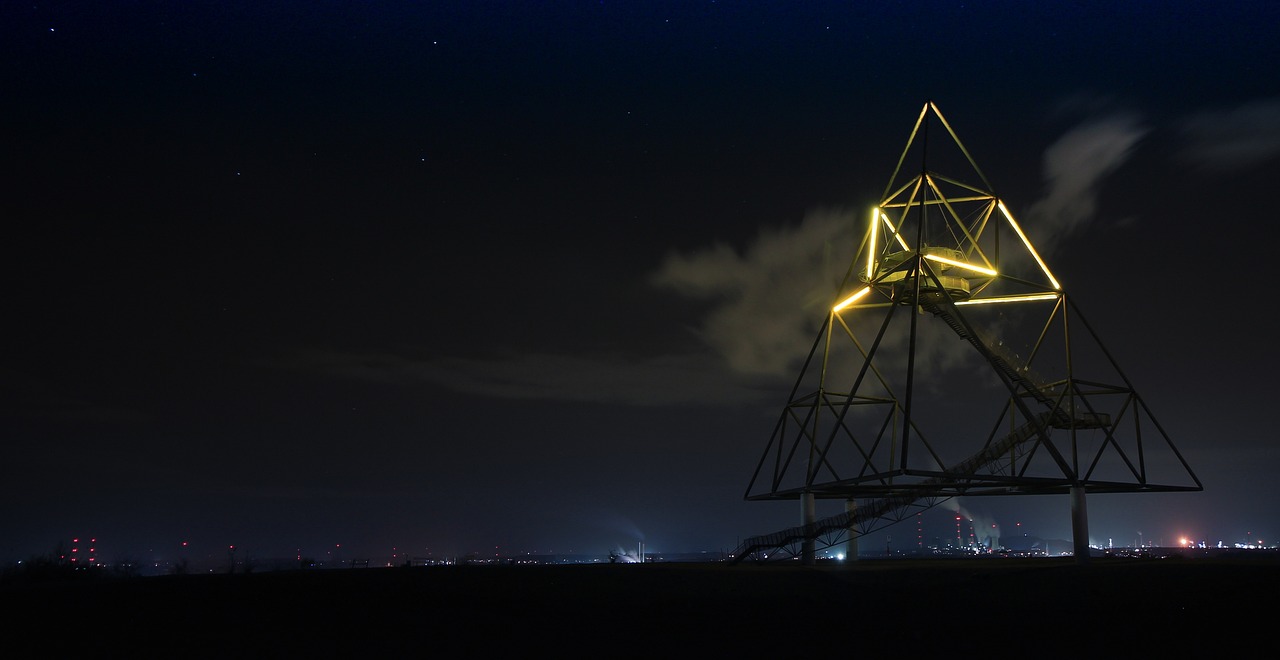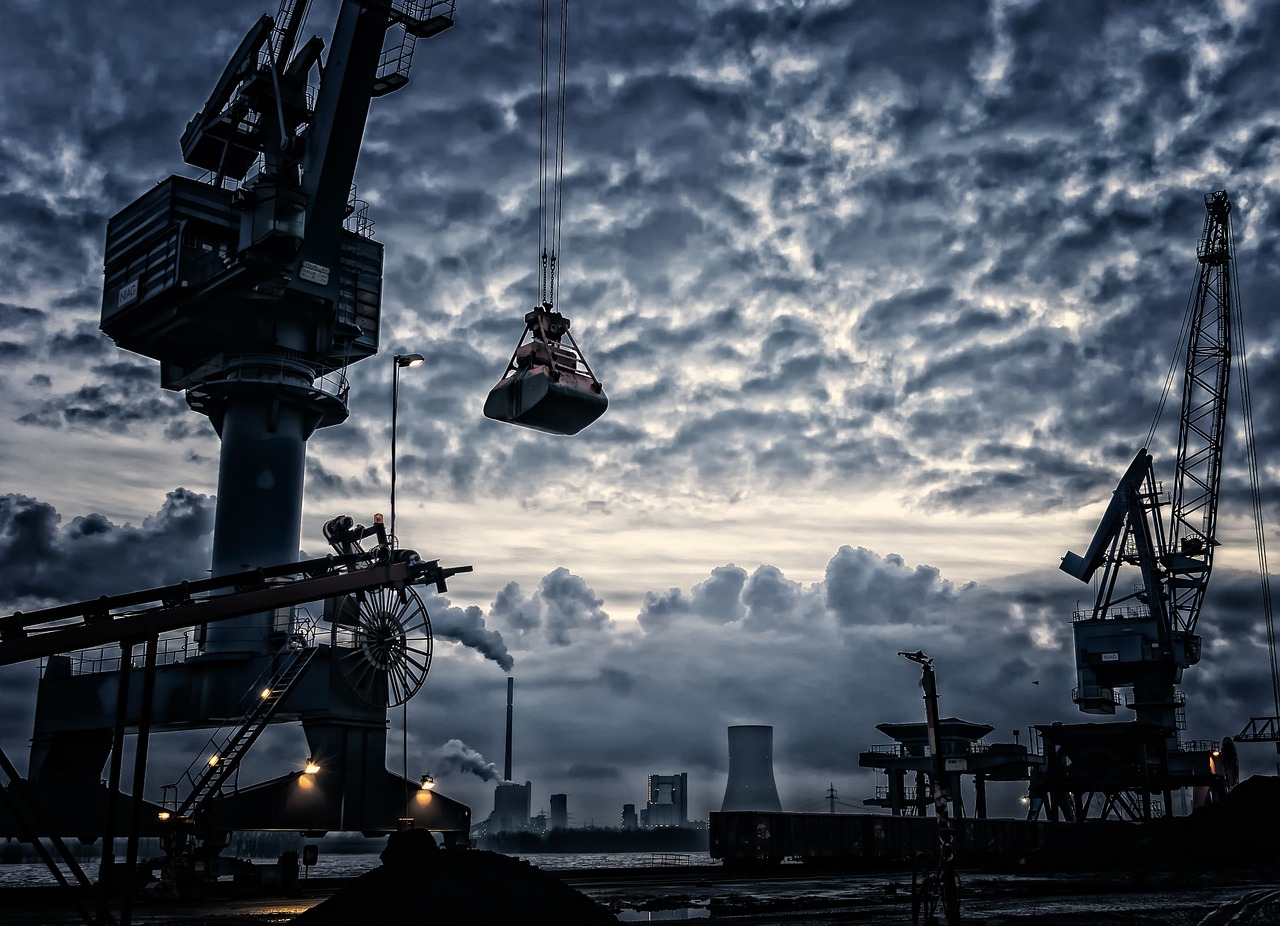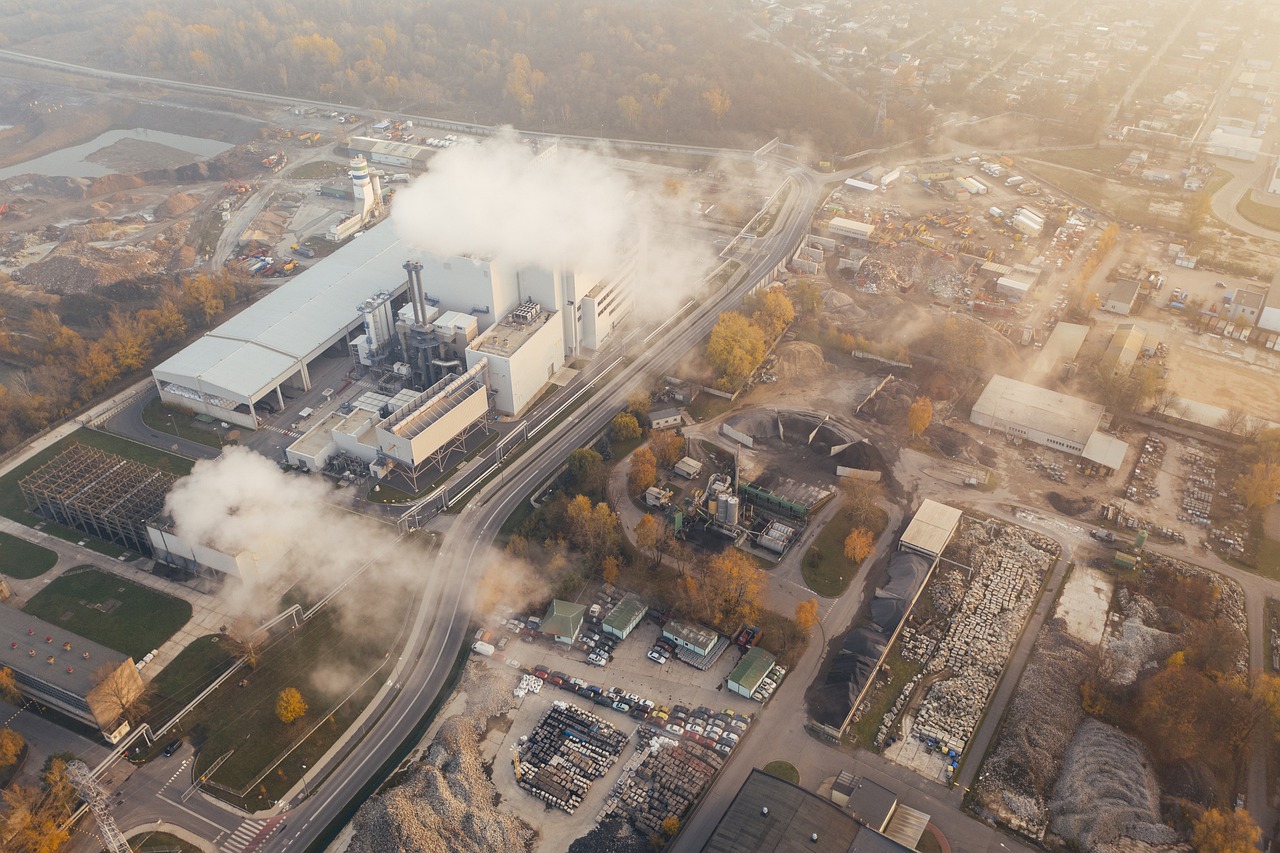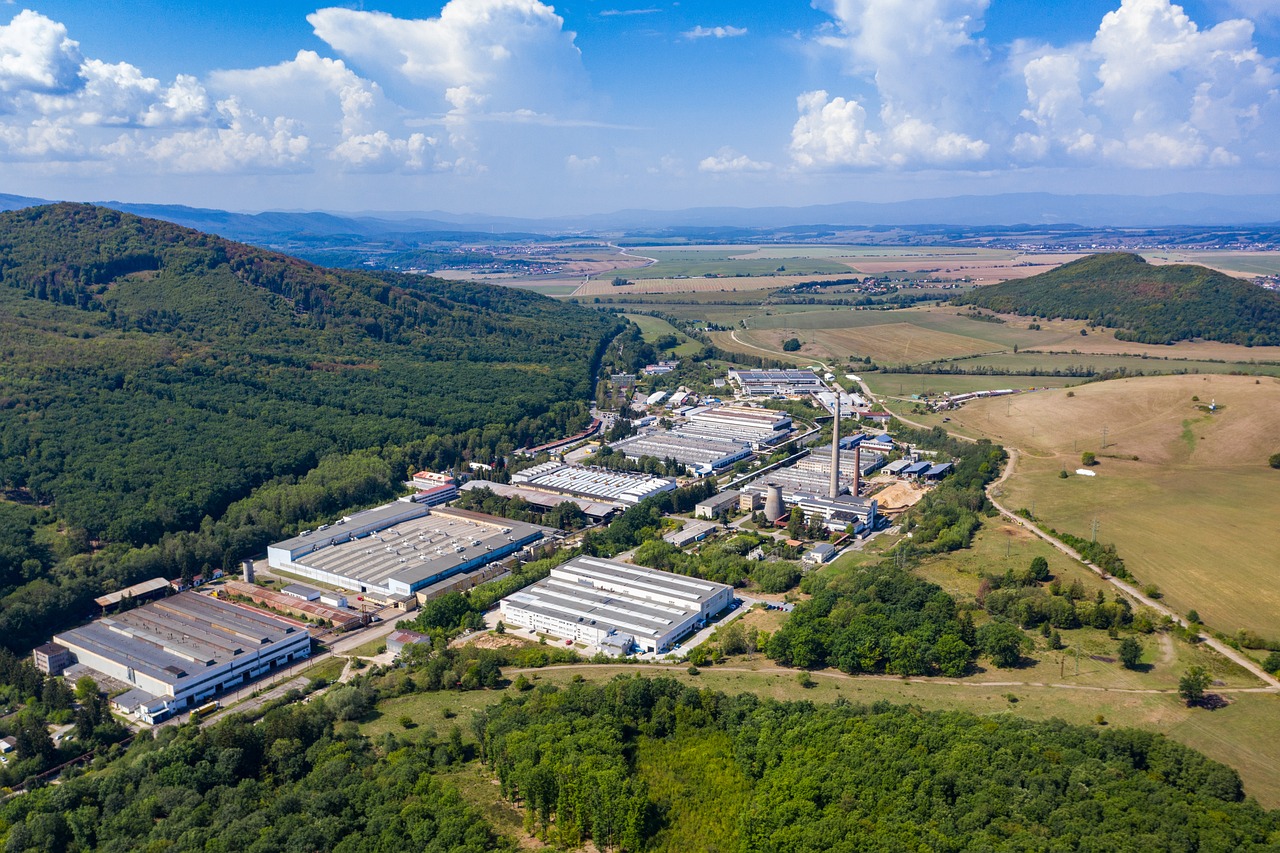The Impact of the Industrial Revolution on Labor
The Industrial Revolution had a profound impact on labor practices, fundamentally reshaping the way people worked and lived during the 18th and 19th centuries. This period marked a significant shift from traditional agrarian economies to industrialized systems, revolutionizing the nature of work and employment.
As factories and industries emerged, there was a drastic change in labor practices. Workers transitioned from rural settings to urban areas, seeking employment in factories that demanded long hours and offered low wages. The industrial workforce became highly organized and structured, with laborers often facing harsh conditions and minimal rights.
Working conditions in factories were notoriously bleak, characterized by overcrowded spaces, unsafe machinery, and unsanitary environments. Workers, including women and children, toiled for extended hours under dangerous circumstances, lacking proper safety regulations and facing exploitation by factory owners.
Women and children played crucial roles in the labor force, particularly in textile mills and coal mines. Despite their essential contributions, they were subjected to exploitative practices, receiving meager pay and enduring hazardous working conditions. The Industrial Revolution highlighted the need for labor reforms to protect the most vulnerable members of society.
Amidst these challenges, labor unions began to emerge, advocating for worker rights, fair wages, and improved working conditions. Strikes and movements became prevalent as workers fought for better treatment and representation in the face of industrialization's rapid expansion.
Technological advancements during the Industrial Revolution revolutionized the workforce, transforming the nature of work and skills required. The introduction of steam power, mechanization, and mass production created new job opportunities while displacing traditional roles, leading to a shift in the labor landscape.
The globalization of labor markets was another significant outcome of the Industrial Revolution. Increased migration to urban centers, the growth of industrial cities, and the diversification of the workforce reshaped social structures and paved the way for a more interconnected global economy.
The legacy of the Industrial Revolution continues to influence modern labor practices, industrial relations, and the ongoing challenges faced by workers worldwide. The foundations laid during this transformative period have shaped the current dynamics of work, highlighting the importance of labor rights, fair wages, and safe working conditions in today's society.

Introduction to the Industrial Revolution
The Industrial Revolution was a monumental period in history that reshaped the way societies functioned, especially in terms of labor practices and workforce dynamics. Emerging during the 18th and 19th centuries, this era marked a significant shift from traditional agrarian economies to industrialized systems, setting the stage for unprecedented changes in various aspects of society.
At the heart of the Industrial Revolution were key factors such as technological advancements, the rise of factories, and the growth of urban centers. These elements combined to revolutionize production processes, leading to increased efficiency and output on a scale never seen before. The introduction of steam power, mechanization, and the use of new materials propelled industries forward, transforming the way goods were manufactured and distributed.
This transformation had a profound impact on labor practices, as it necessitated a reorganization of how work was structured and managed. The traditional guild system gave way to centralized factories, where workers, including men, women, and children, toiled long hours in often harsh conditions to meet the demands of industrial production.
As the Industrial Revolution gained momentum, the workforce expanded rapidly, drawing people from rural areas to urban centers in search of employment opportunities. This mass migration fueled the growth of cities and led to the emergence of a new social class of industrial workers, who faced challenging working conditions and meager wages.
Overall, the Industrial Revolution marked a turning point in history, ushering in an era of unprecedented change and innovation that continues to shape the modern world. By understanding the historical context and key developments of this period, we can gain valuable insights into the evolution of labor practices and the enduring legacy of this transformative era.

Shift in Labor Practices
During the Industrial Revolution, there was a significant shift in labor practices that reshaped the traditional ways of working. The transition from agrarian-based economies to industrialized systems brought about a fundamental change in how labor was organized and managed. Previously, individuals primarily worked in small-scale agriculture or craft-based industries, but with the advent of factories and mass production, a new era of labor practices emerged.
One of the key aspects of this shift was the rise of the factory system, where workers were now concentrated in large industrial settings rather than dispersed across rural areas. This centralization of labor enabled greater efficiency in production but also led to the standardization of work processes and the division of labor. Workers were now expected to perform specific tasks repetitively, contributing to the overall production line.
Moreover, the concept of time and productivity underwent a transformation during this period. With the introduction of machinery and mechanized processes, the pace of work accelerated, and workers were required to adhere to strict schedules to meet production targets. This shift in labor practices not only increased output but also set the stage for the modern-day emphasis on efficiency and productivity in the workplace.
Additionally, the Industrial Revolution brought about a new relationship between employers and employees. In the traditional agrarian economy, labor was often tied to the land or controlled by individual craftsmen. However, in the industrialized system, workers became part of a larger workforce managed by factory owners and overseers. This shift in power dynamics led to the emergence of new labor structures and hierarchies within the industrial setting.
Overall, the shift in labor practices during the Industrial Revolution marked a pivotal moment in history, setting the stage for the modern labor systems we see today. It revolutionized the way work was organized, managed, and executed, laying the foundation for the industrialized economies that continue to shape the global workforce.

Working Conditions in Factories
During the Industrial Revolution, the working conditions in factories were notoriously harsh, marking a significant shift in how labor was conducted. Workers, including men, women, and children, endured grueling hours in unsafe environments with minimal pay and no job security. The factory system introduced a new concept of work, where individuals were expected to perform repetitive tasks for extended periods without respite. This led to widespread health issues, injuries, and even fatalities due to the lack of safety regulations and proper working conditions.
Factories operated for long hours, often exceeding 12 hours a day, six days a week, exploiting labor for maximum productivity. Workers faced immense pressure to meet production quotas set by factory owners, leading to physical and mental exhaustion. The monotonous nature of the work, coupled with overcrowded and poorly ventilated spaces, created a breeding ground for diseases and accidents. The absence of breaks or adequate rest intervals further exacerbated the toll on workers' well-being.
In addition to the grueling schedules, wages were exceptionally low, barely enough to sustain basic necessities. Many workers lived in poverty, struggling to afford proper food, shelter, and clothing for themselves and their families. The lack of regulation allowed factory owners to exploit labor for profit, disregarding the welfare of their employees in pursuit of economic gain.
Moreover, the working conditions in factories were perilous, with machinery often lacking safety features or proper maintenance. Workers, including women and children, operated heavy equipment without adequate training or protection, leading to frequent accidents and injuries. The hazardous environment posed a constant threat to the well-being of workers, with little to no recourse for compensation or support in case of mishaps.
The dire state of working conditions in factories during the Industrial Revolution highlighted the urgent need for labor reforms and regulations to protect the rights and safety of workers. The exploitation and mistreatment of laborers fueled social unrest and paved the way for the rise of labor movements and advocacy for improved working conditions, fair wages, and basic rights for all workers.

Role of Women and Children in Labor
During the Industrial Revolution, women and children played crucial roles in the labor force, especially in factories and mines. Women were often employed in textile mills, garment factories, and domestic service, while children worked in coal mines, textile factories, and as chimney sweeps. The demand for cheap labor led to the exploitation of women and children, who were paid significantly lower wages than men for the same work.
Women faced harsh working conditions, including long hours, inadequate breaks, and exposure to dangerous machinery. Children, as young as five or six years old, were subjected to grueling tasks in hazardous environments, resulting in serious injuries and health issues. The lack of protective measures and safety regulations further exacerbated their vulnerability.
Despite these challenges, women and children played a vital role in driving the industrial economy forward. Their labor significantly contributed to the production output of factories and mines, fueling the rapid growth of industries during that period. However, their contributions often went unrecognized, and they were subjected to exploitation and mistreatment by employers seeking to maximize profits.
The plight of women and children in labor sparked social reform movements and calls for legislative changes to protect their rights. Advocates for women's and children's rights pushed for labor laws to restrict the employment of minors and improve working conditions for women. These efforts eventually led to the establishment of regulations safeguarding the welfare of women and children in the workforce.
Despite the progress made in addressing the exploitation of women and children in labor, challenges persisted, highlighting the ongoing struggle for gender equality and child welfare in the workplace. The legacy of their sacrifices and resilience continues to shape discussions on labor rights and social justice, underscoring the importance of upholding fair and humane practices in modern workplaces.

Labor Unions and Worker Rights
Labor unions played a crucial role in shaping the landscape of worker rights during the Industrial Revolution. As industries expanded and labor conditions deteriorated, workers began to organize themselves into unions to collectively advocate for better treatment and improved working conditions. These unions served as a powerful voice for the labor force, pushing for reforms such as shorter work hours, fair wages, and safer working environments.
One of the most notable aspects of labor unions was their ability to mobilize workers through strikes and protests to demand change from employers. These actions were often met with resistance and even violence from company owners and authorities, highlighting the intense struggle for worker rights during that period. Despite facing significant opposition, labor unions persisted in their efforts to secure better conditions for workers.
Worker rights became a focal point of the labor movement, with unions advocating for fundamental protections such as the right to collective bargaining, job security, and the prohibition of child labor. Through their collective bargaining power, unions negotiated with employers to establish agreements that safeguarded the interests and well-being of workers, marking a significant shift in the power dynamic between labor and management.
Furthermore, the formation of labor unions paved the way for the development of labor laws and regulations that aimed to protect workers from exploitation and abuse. These legal frameworks set standards for minimum wages, working hours, and workplace safety, laying the foundation for modern labor rights and shaping the way employment relationships are governed.
In essence, labor unions and the fight for worker rights during the Industrial Revolution laid the groundwork for the labor movements that followed, shaping the principles of social justice and equality in the workplace. Their legacy continues to resonate today, reminding us of the importance of collective action in advocating for fair treatment, dignity, and respect for all workers.

Technological Advancements and Labor
The Industrial Revolution brought about a wave of technological advancements that revolutionized the world of work. Imagine a world where machines started to take on tasks that were once solely performed by human hands. This shift not only transformed the nature of work but also redefined the skills required for various jobs. Factories buzzed with the sounds of steam engines and spinning machines, ushering in a new era of production efficiency and scale.
One of the most significant technological innovations of the time was the steam engine, which powered a wide range of machinery and transportation systems. This invention not only increased the speed of production but also enabled factories to be located in urban centers, leading to the rise of industrial cities. Workers had to adapt to operating these new machines, requiring them to learn new skills and techniques to remain competitive in the evolving labor market.
The introduction of mechanized production processes also had a profound impact on job opportunities. While it created new roles for machine operators and mechanics, it also displaced many traditional craftsmen and artisans. The demand for skilled labor shifted towards those who could operate and maintain the new machinery, leading to a transformation in the workforce composition.
Furthermore, technological advancements during the Industrial Revolution paved the way for the specialization of labor. Instead of performing a variety of tasks, workers became specialized in specific roles within the production process. This division of labor increased efficiency and productivity but also led to a sense of alienation among workers, as they were no longer involved in the entire production process from start to finish.
In conclusion, the technological advancements of the Industrial Revolution had a profound impact on labor, shaping the way we work and the skills we need to succeed in a rapidly changing world. From the steam engine to mechanized production processes, these innovations set the stage for the modern industrial landscape we see today.

